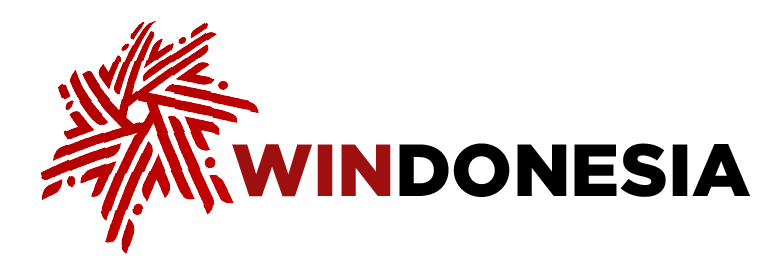Latest News
Jazz music event Ngayogjazz 2025 successfully attracted thousands of visitors to Kapanewon Imogiri, Bantul Regency, Yogyakarta Special Region (DIY) on Nov. 15, 2025.
The music festival, now in its 19th year, served as a gathering place for musicians from multiple generations and a space for cultural regeneration, uniting music, community, and deeply rooted local traditions.
With "Jazz Invited by Your Mom," Ngayogjazz 2025 presented a friendly, inclusive, and down-to-earth atmosphere. Stages scattered throughout the neighborhood and a Jazz Market showcasing creative community products symbolized the closeness between performing arts and everyday life.
Imogiri Panewu Slamet Sentosa stated that the selection of Imogiri as Ngayogjazz 20205's host was a blessing for the region, known for its numerous natural destinations and craft centers.
"This Ngayogjazz event can showcase Imogiri's potential in batik, keris (traditional, asymmetrical Javanese dagger), and wayang (shadow puppetry)," he said on Nov. 16, 2025.
Imogiri offers a variety of tourist destinations, from the Tombs of the Mataram Kings, the Sriharjo Tourism Village which offers river and hill tourism, to the Mangunan Fruit Garden famous for its view at sunrise.
Imogiri also boasts the Bego Hill area with its Semar statue, as well as adventure spots like Selopamioro Adventure Park and Cerme Cave. In terms of souvenirs, Imogiri boasts a batik and shadow puppet village through the renowned Wukirsari Village.
"Imogiri has comprehensive cultural potential, both physical and non-physical. At Ngayogjazz, this potential is showcased and enjoyed by the wider public," Slamet noted.
Four stages were prepared for Ngayogjazz 2025, namely the Simbok, Ibu, Biyung, and Simak Stages. Before the performances began, a cultural parade was held involving various arts groups such as Bregada Rekta Giri Goratomo Minggiran, Sholawatan Mudo Palupi Kembang, and Pagoejoeban Onthel Djogjakarta.
The cultural parade served as an introduction that generated enthusiasm among residents and spectators. It served as a lively prelude to the main performance.
Ngayogjazz Board of Creatives Member Aji Wartono stated that the regeneration of jazz musicians was a focus of this year's Ngayogjazz. The involvement of young musicians alongside senior ones, as well as collaborations with musicians from the Netherlands and France through a program between ISI Yogyakarta and Jazz Camp, provided a broad learning space for young talents.
"Senior musicians remain the foundation. However, we are opening this stage as wide as possible for the new generation so they can grow with firsthand experience," he said.
At least 37 musical groups performed on the four stages. National musicians such as Andri Dinuth, a member of The Bakuucakar, and Olski also enlivened the festival.
By uniting jazz music, tradition, and community creativity, Ngayogjazz 2025 once again proves itself as a festival that enlivens both the arts and traditional culture scenes; cultivating identity, strengthening creativity, and paving the way for regeneration for young musicians in Indonesia.
"At Ngayogjazz, jazz isn't just listened to; it's celebrated, nurtured, and passed down," he said.
Tourism Ministry Industry and Investment Rizki Handayani Mustafa views Ngayogjazz as a strong example of how local culture can become the foundation of a national-level event.
He believes the festival's success is measured not only by the number of attendees, but also by its ability to engage the community as part of the cultural ecosystem.
"Ngayogjazz symbolizes collaboration between artists and the community. Local power is the spirit that makes this festival appealing, and jati is a cultural movement that celebrates simplicity, creativity, and diversity," he said.

